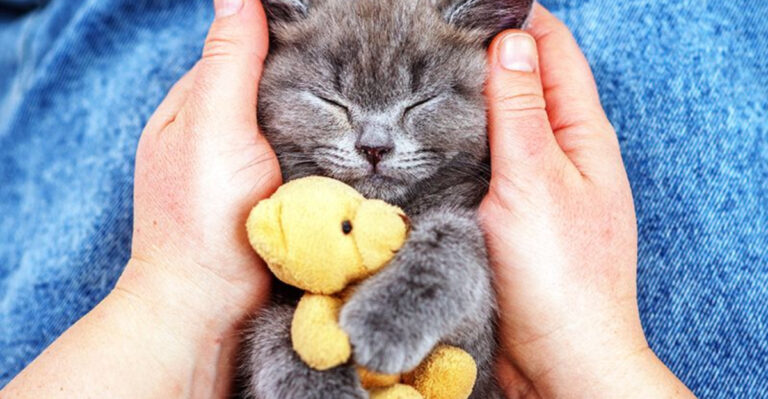15 Smart Tips For Raising A Well-Behaved Dog (Starting With You)
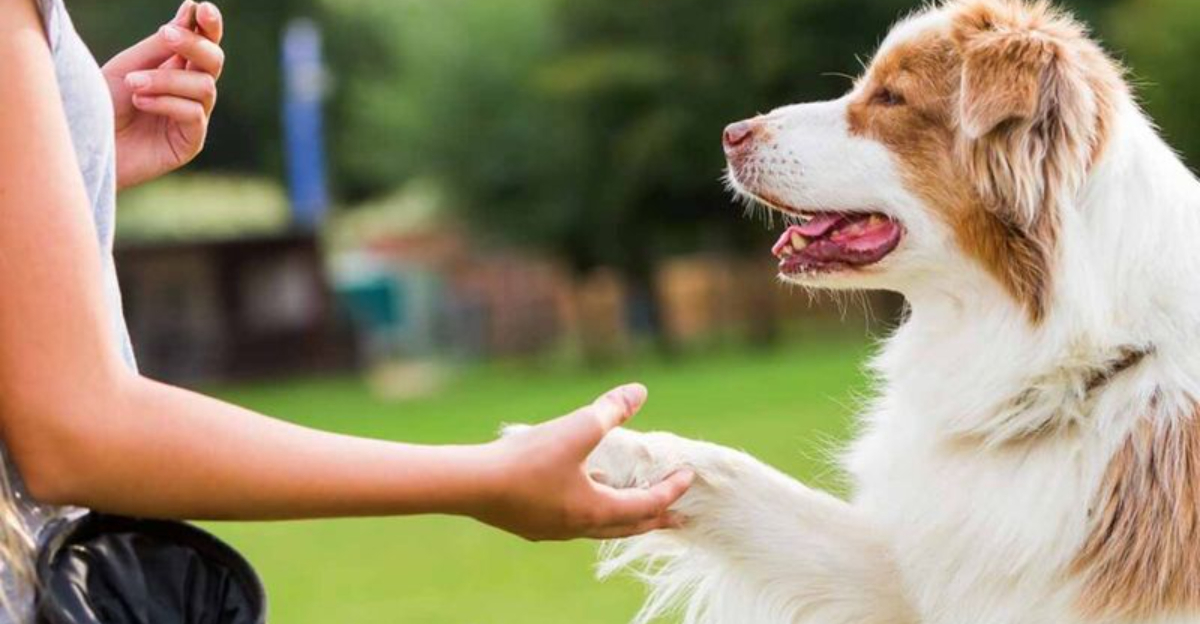
Ever wonder why your furry friend sometimes acts like a mischief-maker? Dogs crave structure and guidance. From setting clear boundaries to rewarding calmness, discover 15 smart tips to help you raise a well-behaved dog.
Dive into the fascinating world of dog training with insights that make a real difference. You’ll find that being a responsible pet parent is easier than you think!
1. Set Clear Boundaries Early
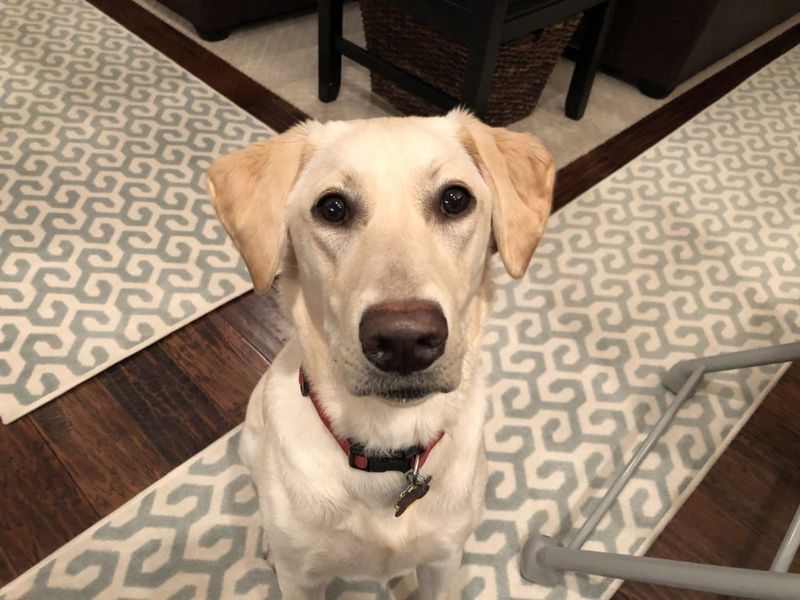
Establishing clear rules from the get-go is crucial. Dogs, much like children, thrive on structure and routine. Setting boundaries helps them understand what’s expected, reducing confusion and chaos.
Did you know? Dogs often feel more secure when they know the rules. This early guidance makes them feel safe and cared for. As they learn, watch their confidence grow!
2. Consistency Is Key
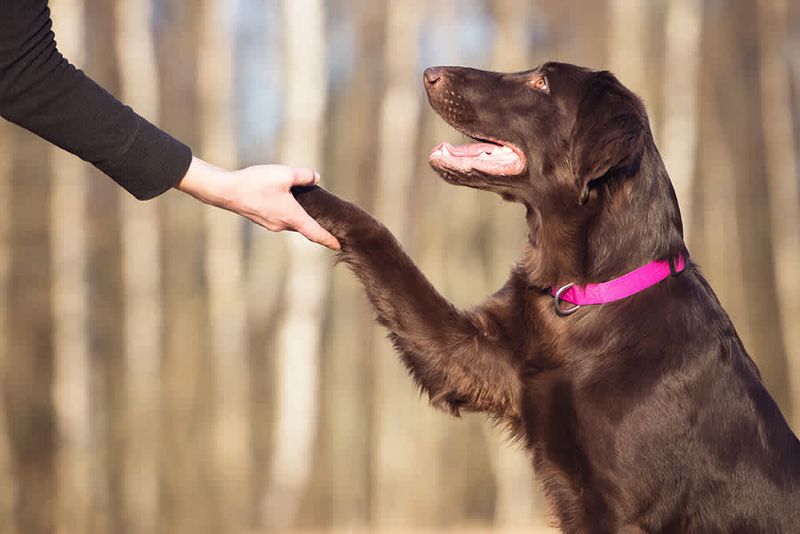
Consistency is the cornerstone of effective dog training. Imagine trying to learn a language where the words keep changing—confusing, right? Similarly, dogs need consistent commands to understand their training.
Using the same commands, rules, and expectations every day helps avoid confusion. It builds a steady foundation for your dog’s development, ensuring they grasp the lessons you impart.
3. Provide Positive Reinforcement
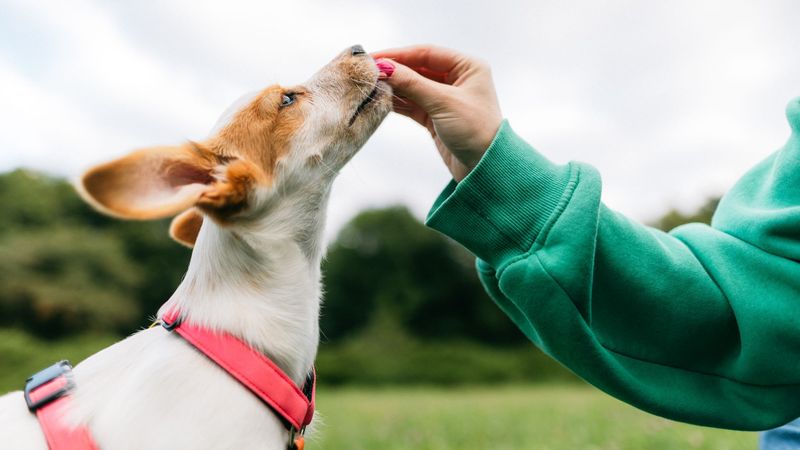
Picture this: your dog sits on command, and you reward them with a treat. Positive reinforcement, such as treats, praise, or toys, encourages dogs to repeat those good behaviors.
These rewards strengthen your bond and make learning enjoyable. This method not only teaches commands but also builds trust between you and your furry friend. Encouragement goes a long way!
4. Be Patient And Calm
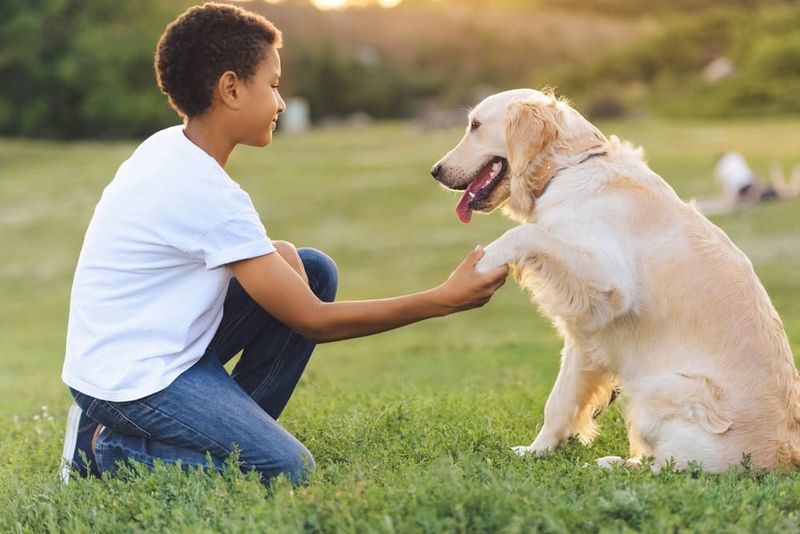
Does your dog sense your mood? Absolutely! Dogs are highly attuned to emotions. Staying patient and calm during training sessions helps your dog stay relaxed and focused.
Remember, they’re learning a new language, so patience is vital. By maintaining a calm demeanor, you set the tone for a positive learning environment, making the process smoother and enjoyable.
5. Socialize Your Dog Early
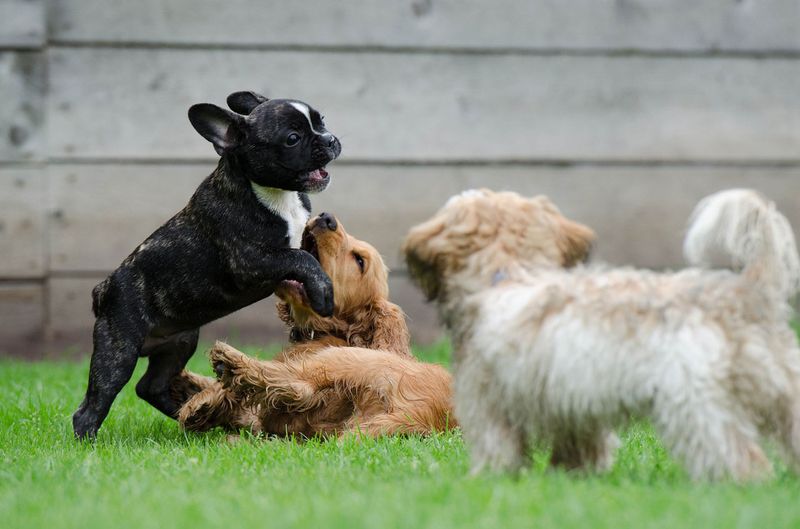
Did you know that early socialization can shape your dog’s personality for life? Exposing your pup to different people, pets, and environments helps them grow into well-adjusted companions.
Introduce them to diverse experiences at a young age. This early exposure builds their confidence and reduces anxiety, leading to a friendlier and more secure adult dog.
6. Exercise Regularly
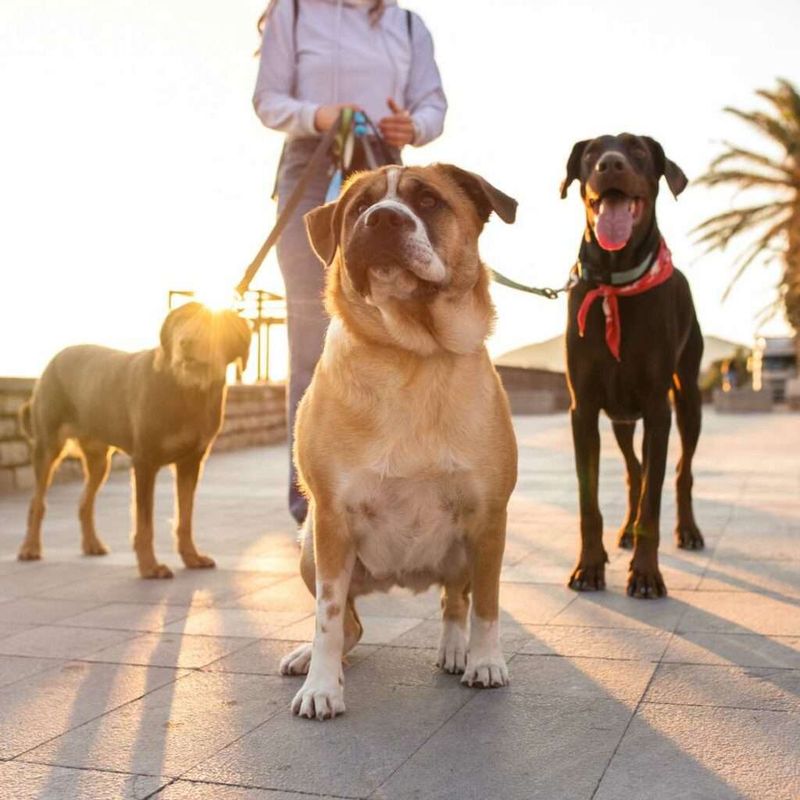
A well-exercised dog is a happy dog. Regular physical activity is crucial for burning off excess energy and keeping your dog mentally and physically healthy.
Exercise isn’t just about walks; it includes playtime and interactive games. This not only enhances their fitness but also strengthens your bond. Remember, a tired dog is less likely to misbehave.
7. Use Crate Training
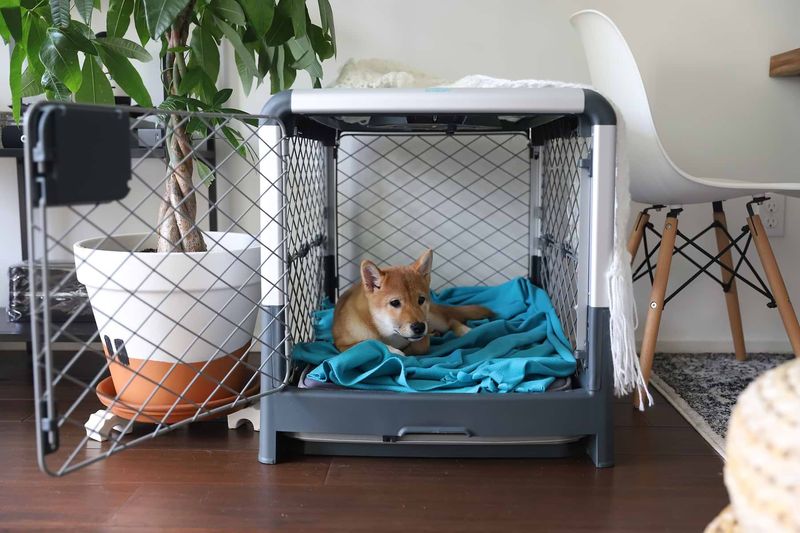
Ever heard of crate training? It’s not just a trend; it’s a powerful tool for teaching boundaries and providing a safe space. Crate training aids in housebreaking and prevents destructive behavior.
Think of it as your dog’s personal den. It offers security and comfort, making them feel at home. Plus, it helps with travel and vet visits too!
8. Teach Basic Commands
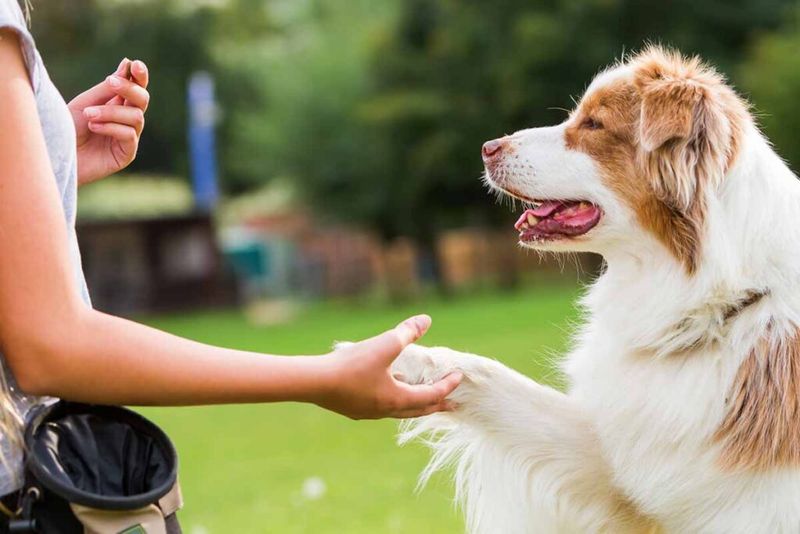
Teaching your dog basic commands like “sit,” “stay,” and “come” forms the bedrock of good behavior. Starting early and being consistent with training builds a solid obedience base.
Commands aren’t just about control; they’re a way to communicate effectively with your dog. This foundation of understanding fosters a harmonious relationship, making daily interactions smoother.
9. Avoid Punishment-Based Training
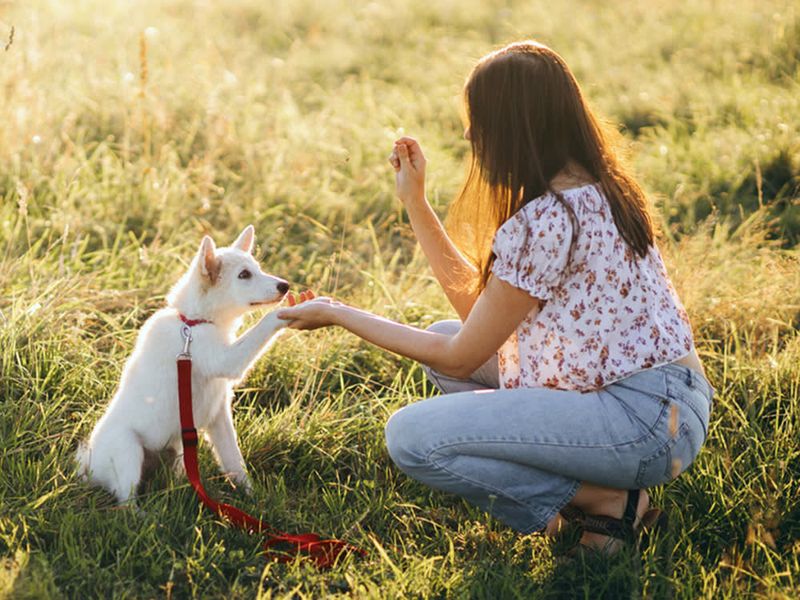
Did you know positive training methods outperform punishment-based ones? Focusing on rewarding desired behaviors rather than punishing mistakes builds trust.
This approach fosters cooperation and eagerness to learn. Punishment can lead to fear and anxiety, hindering progress. By emphasizing positivity, you cultivate a nurturing environment where your dog feels safe to explore and grow.
10. Create a Routine
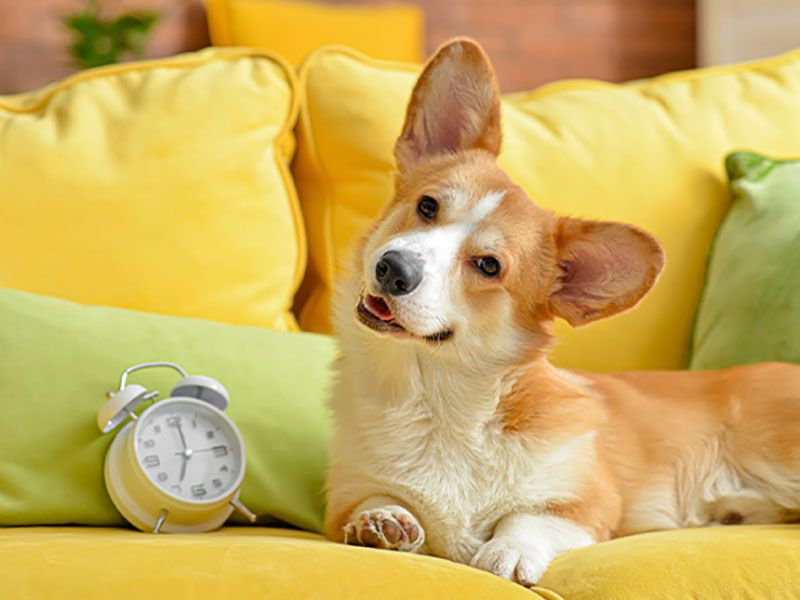
Dogs are creatures of habit. Setting a consistent schedule for feeding, walks, training, and playtime provides security.
Routines make your dog feel balanced and well-behaved. They know what to expect, reducing anxiety and stress. This structured environment makes them more adaptable and comfortable in their daily life.
11. Reward Calmness

Calmness is a virtue. Encouraging calm behavior by rewarding your dog when they remain relaxed teaches them to stay composed in various situations.
Hyperactivity can lead to disruptive behavior, so promoting tranquility is key. Rewards for calmness reinforce the idea that relaxed behavior is desirable, contributing to a more peaceful home environment.
12. Don’t Overwhelm Them
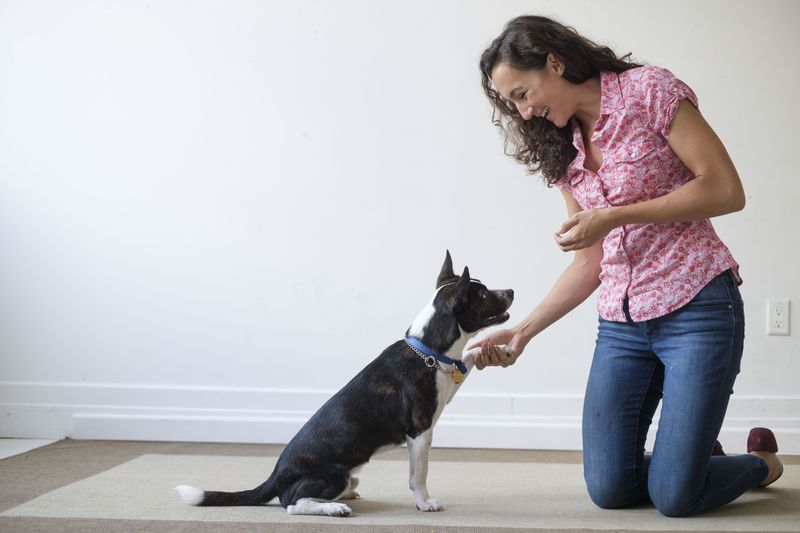
Training should be fun and engaging, not overwhelming. Keep sessions short, positive, and focused to prevent frustration.
Dogs, like humans, can lose interest if overloaded with information. Short bursts of training keep them interested and eager to learn. This approach maintains their enthusiasm and keeps the learning process enjoyable.
13. Provide Mental Stimulation
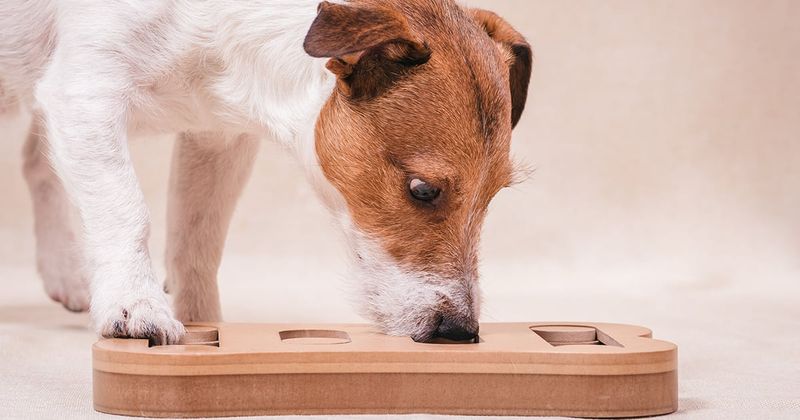
Mental exercises are as important as physical ones. Puzzle toys or training challenges keep your dog’s mind sharp.
Boredom can lead to undesirable behavior, so mental stimulation is crucial. These activities not only entertain but also enhance cognitive skills, making your dog more adaptable and less prone to mischief.
14. Be A Good Role Model

Dogs look to their owners for guidance. Being a calm and confident leader helps them emulate the behavior you desire.
Think of yourself as their role model. Your actions set the standard for how your dog behaves, whether it’s walking calmly or waiting patiently. This leadership fosters trust and mutual respect.
15. Seek Professional Help If Needed
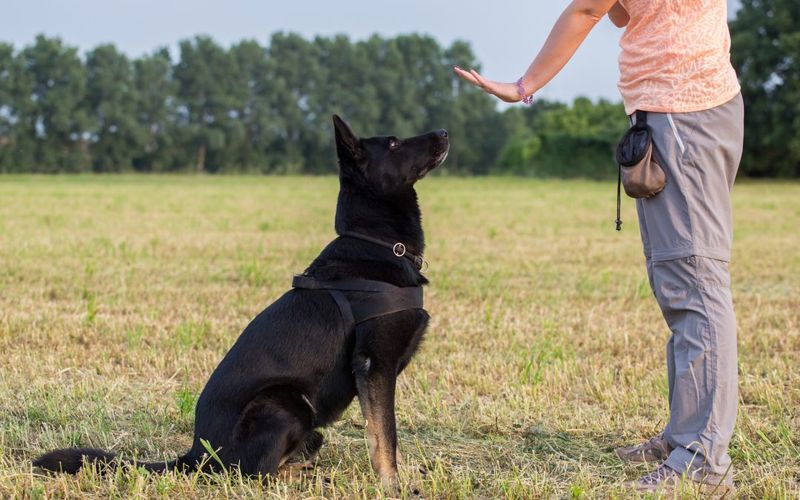
Feeling stuck with behavior issues? Don’t hesitate to consult a professional trainer. Sometimes, expert guidance is the best way to resolve problems.
Trainers offer tailored advice and techniques that suit your dog’s unique needs. This professional touch can make all the difference, ensuring a happy and well-behaved companion.


